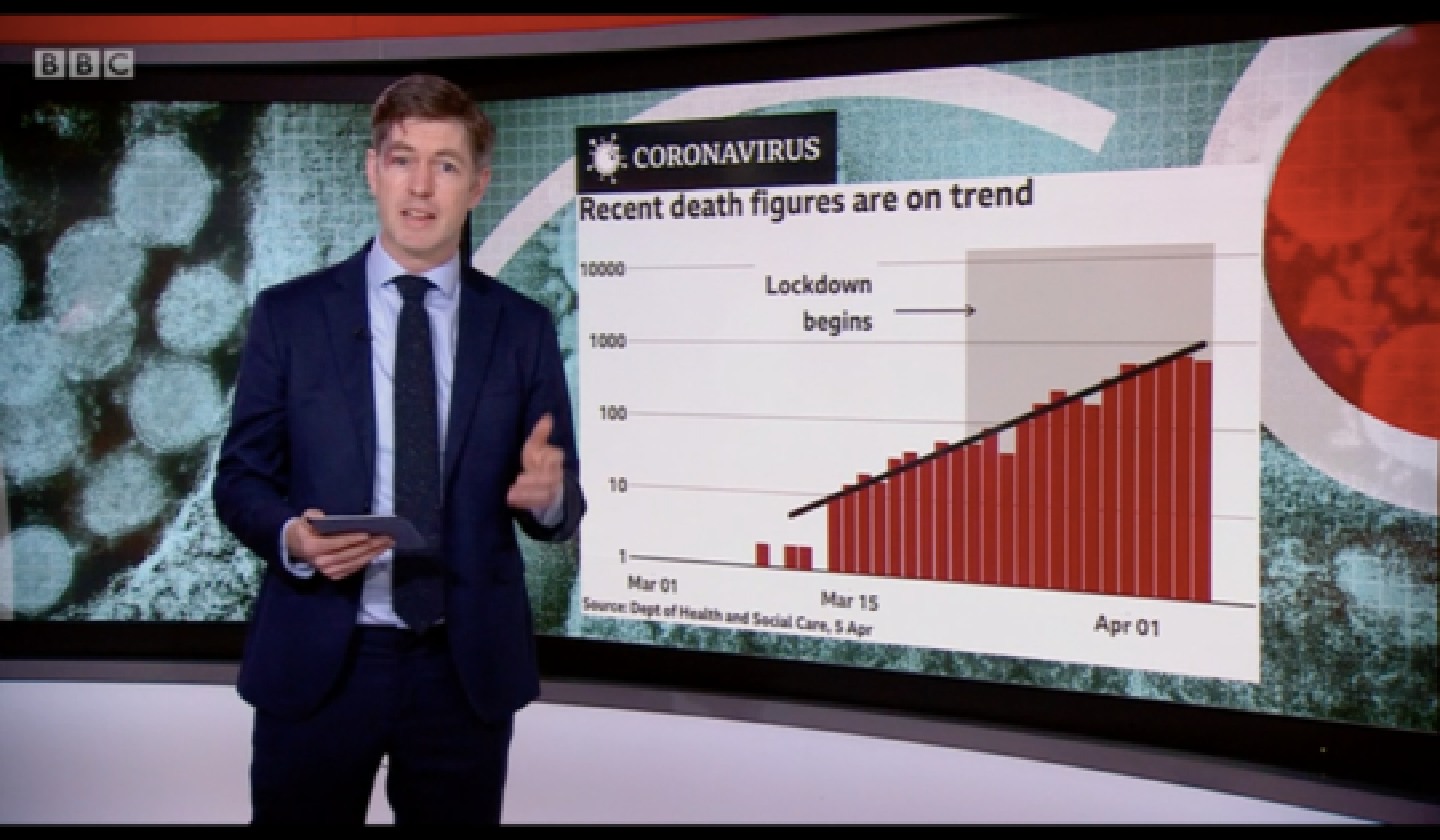
Priscilla Du Preez/Unsplash, CC BY
There’s been a lot of talk lately. In briefings, speeches and video meetings. In the coming weeks, there will be celebrations and toasts given. These are opportunities to attend to talk.
In talk, it’s not just words that create meaning.
Nonverbal cues, including stress on key words alongside the use of gaze and gesture, assist us when speaking or understanding others. Verbal cues such as “discourse markers” (for example, “okay”, “so”, “um”, “uh”) also accomplish important work in interaction.
Listeners conventionally associate ums and uhs with broken speech (called “dysfluency” in studies of communication) when speakers self-repair by interrupting themselves to self-correct. They might do this to more clearly express themselves or to conduct a word search. We all do this from time to time.
Yet research suggests ums and uhs also serve a range of other functions in conversation. We know that where they occur in talk, and how they are articulated contribute to meaning.
Like talking bullet points
As well as being associated with repair in everyday speech stumbles or word gaps, ums and uhs mark openings of talk, new topics or a return to topic.
In extended speech, like a public presentation or speech, such markings are important for the listening audience so they can follow the meaning of what is being said. The uhs work like bullet points.
In conversation they also have an important role to play in politeness. The um at the beginning of a speaker’s turn indexes awareness that what is about to be said is “dispreferred”; that is, delicate or not what a listener expects or wants to hear, or something that the listener might be inclined to reject.

And now a toast to, um, the end of 2020! Unsplash, CC BY
Talk in action
The best way to study verbal cues is to transcribe talk in micro detail. This exercise can show why presentations with more ums and uhs are likely more frustrating to listen to.
Discourse transcription is time-consuming, so is done in short segments. A transcribed sample of the first two minutes and 40 seconds of a medical briefing by Victoria’s Deputy Chief Health Officer Allen Cheng, generated a total of 34 occurrences of “um” and 21 of “uh”.
Eleven ums marked topic changes. As per previous research, when marking a beginning or new topic, these were produced loudly, and were followed by pauses as per below which marked the opening of the talk:
um [pause] I might just take the opportunity to explain how …
This is a classic use of um to mark the beginning of talk. It has also been found in academic lectures or seminars and in telephone openings to mark the reason for the call.
Talk-back radio provides examples of um occurring after the greeting, as illustrated in this example from ABC Melbourne radio with host Virginia Trioli.
Caller: How’re you going?
Virginia: Good thanks.
Caller: Ummm, I was picked up for speeding …
Meanwhile, many of the ums and uhs (71%) in Professor Cheng’s briefing occurred in repair environments including a word search, as in the following where the um is stretched:
… it’s not an exact um [pause] quantification but it is um uh — it is an indication …
Here the first um is followed by a pause, while the second co-occurs with uh before the repetition of it is. These features create dysfluent speech. However, in both cases there is a successful outcome and return to topic after a momentary interruption.
Three samples from politicians — Victorian treasurer, Tim Pallas, NSW premier Gladys Berejiklian, and Victorian premier Dan Andrews — show seasoned public communicators.
There was a greater number of uhs and ums in Tim Pallas’s speech (45) than in the premiers’ (25 and 10 respectively). Pallas was reporting on a range of financial support measures, and like Professor Cheng’s, whose talk was highly technical, this content was dense in terms of vocabulary. So, there was a greater number of word searches as both speakers worked to make their talk accessible.
Um and uh have been found to facilitate comprehension. They guide the listener through the overall format of the talk. However, research also suggests that too many ums and uhs can affect listener perceptions about speaker credibility or how prepared they are.
On this basis, Daniel Andrews is the most effective communicator, although accessible content in his briefing was a factor.
Speaking is complex and tough under pressure
Speakers can improve the effectiveness of their communication; for example, through awareness of their ums and uhs, or by slowing down.

Utterances like um and uh can act like bullet points during a presentation. Unsplash, CC BY
But we must remember that spontaneous extended talk to an audience — such as in a speech — is highly complex.
Speakers need to plan what they are going to say, watch the audience, and keep their talk going under time pressure. In a challenging public and televised space, they also need to be accurate, and choose words carefully.
Um, not talking under that kind of pressure? Uh I’ll … I’ll toast to that.
About the Author
Anna Filipi, Senior lecturer, Monash University
This article is republished from The Conversation under a Creative Commons license. Read the original article.

Related Books:
Crucial Conversations Tools for Talking When Stakes Are High, Second Edition
by Kerry Patterson, Joseph Grenny, et al.
The long paragraph description goes here.Click for more info or to order
Never Split the Difference: Negotiating As If Your Life Depended On It
by Chris Voss and Tahl Raz
The long paragraph description goes here.Click for more info or to order
Crucial Conversations: Tools for Talking When Stakes Are High
by Kerry Patterson, Joseph Grenny, et al.
The long paragraph description goes here.Click for more info or to order
Talking to Strangers: What We Should Know About the People We Don't Know
by Malcolm Gladwell
The long paragraph description goes here.Click for more info or to order
Difficult Conversations: How to Discuss What Matters Most
by Douglas Stone, Bruce Patton, et al.
The long paragraph description goes here.























